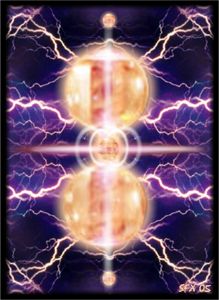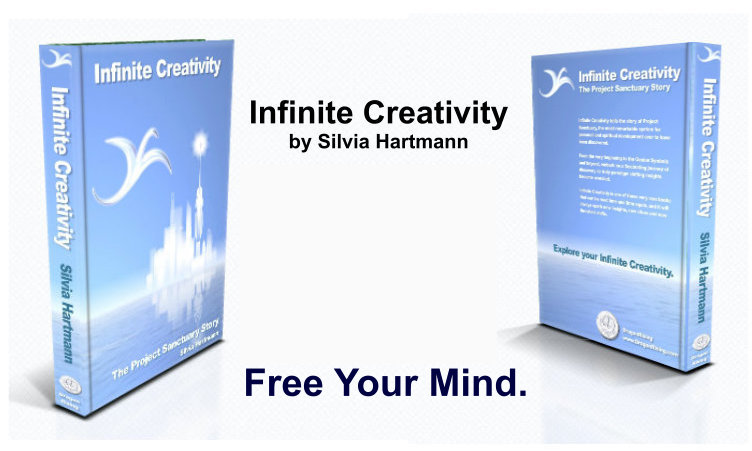Silvia Hartmann's Project Sanctuary

Tesla Machines In Project Sanctuary
Time & Unfoldment
I'm sure you all heard about Mr Nicola Tesla and his amazing machines, that he built
and ran in his mind in quantum time, then went back to check and measure which
parts had worn out and when he came to build them for "real" they functioned
beautifully, the problems having long been found and ironed out in the mindspace
trial runs.
I've heard it too and just put it aside, as something Mr Tesla could do, being a
genius, but not available to me as an ordinary human being.
But actually that's not so.
This is actually something everyone can do, and it isn't even that hard.
What it needs is some attention and intention, and a *starting place* to
practise the basics before we go on to such finely calibrated precision items as
mechanical turbines made from tooled brass.
In the context of Project Sanctuary,
what I'm thinking is as follows.
1. You need to create a kind of space-time platform where the events to unfold
will take place. A specific location of some kind that you can find again later
on and easily so. For beginners, that is best done by locking down the aspects
of such a space with a landscape, a time of day and a time of year (it's a long
story, you'll just have to trust me on that bit).
2. Now in this space, I would put something simple, like a box or any object
that won't change and visit this repeatedly to make sure the platform is stable,
you can find it again and you're getting a feel of how time is moving there -
whether it changes at all in between visits, for example. Most people manage a
perfect encapsulation of the original space and there's no movement of time in
the space at all - it is always afternoon, around 3pm, in late spring and
regardless of whether the last visit was three months ago, 5 weeks ago, 10 days
ago, one hour ago, time never changes.
3. Here comes the interesting bit, which is to introduce a reasonably
straightforward object that naturally has phases which indicate its passing
through time if you will. Let's say a candle that burns down, or a water clock,
a ripe banana or even a machine that clearly *shows in it's states* how time is
progressing. Don't make it too complicated or else you'll lose the whole point
of the exercise, namely which is to practise in readiness for No. 4 - we are
introducing the component of time passing in that space.
4. Now the next thing that's needed is to *control* how time moves in the space.
Forward, backward, fast and slow. This is simply a practise matter which gets
much, much easier over time and in the case of working with Tessla constructs is
of the essence.
5. I would then highly suggest to practise with an uncontrollable system, such
as planting some seeds, or introducing some creatures which will interact, to
bring the systems on line that are basically plotting the evolution of
*unpredictable* system groups over time and to begin using wider time movements
- moving things on by a year, 100 years, 1 million years and back again.
Organic systems are *much, much more* complex than mechanical systems and once
this evolution and observation ability is on line (which is actually quite easy,
amazingly enough, it just happens!) you should be ready for your own first
simple Tessla machine.
As I said, start with something simple. And don't confine yourself to machines.
You can make absolutely anything in that space. Musical notes appearing on a
sheet of paper, trainings being conducted, received, criticised, refined, and
honed until there's a standing ovation every single time; structures of
databases, management systems, computer programmes; building houses and living
in them; living entire lives in many different incarnations - all of these
things are essentially, Tessla machines.
It's a pretty incredible thing, worth getting familiar with.
Best of luck,
Silvia
Silvia Hartmann 2004 |


